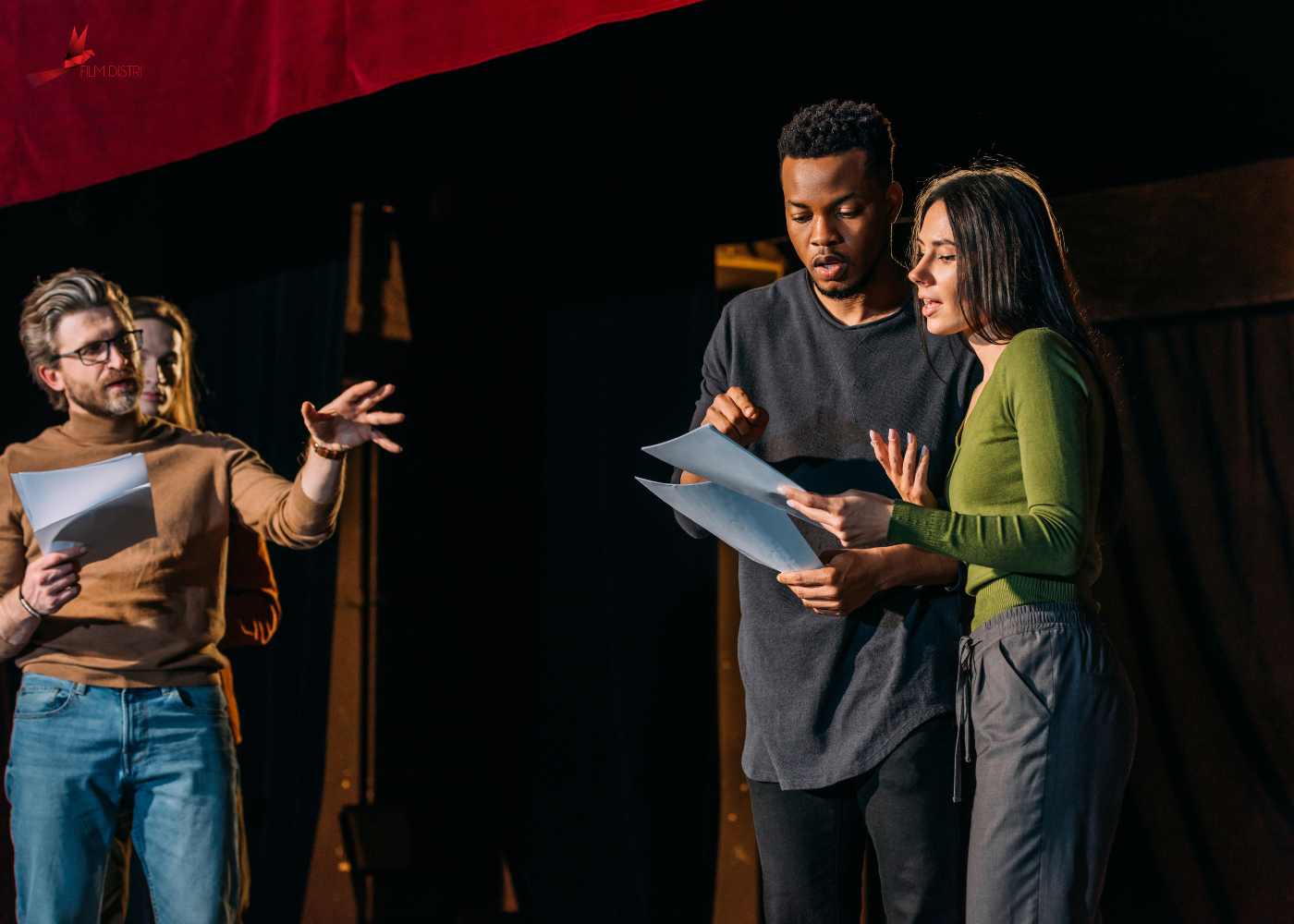People in the Elizabethan era developed a complex system of events and activities to keep themselves engaged long before the development of modern technologies like radios and televisions, movies, video game systems, and the widely used internet. For the English, they were verbose and expressive, pretentious and pleasure-loving, not laborious or diligent, but bold and self-assured, noticeably fearless of death, mercurial and inconsistent, loving change, and above all, passionate. And theater was one of their key interests.
What television is to us today, theater was to people in early modern England. People visited theaters to be entertained, and both the wealthy and the poor gathered in playhouses in the afternoon to see plays being presented. Shakespeare was one of the most well-known playwrights of the era, so chances are good that the play you're going to watch is one he wrote. Shakespeare's Henry IV was one of his most well-known plays, mostly because the populace at the time adored the Falstaff character.
Paying Theatre Audience

Even though the majority of people attended theatrical performances, London only had a small number of theaters. Instead, theaters were constructed on the Thames River's south bank. This was done in order to get over the time's stringent London rules. Because public performances were considered a breeding ground for the plague and unsightly behavior, the city of London did not support theater. Many people did not appreciate the fact that the theater let various social groups mix together because it frequently functioned as a meeting spot for prostitutes and their clients.
Additionally, because theater performances occurred during the day, they required workers to leave their employment, which was considered improper. People relieved themselves outside because there were no restrooms in the theaters. Poor sanitation may have contributed to plague outbreaks, which were the only time there was less of an audience at the theaters. Sewage was dumped in trenches or dumped into the River Thames.
Theatre Regulations
Early modern English theatres were open-air; therefore, they were similar to our modern sports stadiums, not like the theaters we have now (and the audience tended to act much like modern sports spectators). The plays couldn't be performed at night or during inclement weather because they relied primarily on natural light.
Theatre Audiences Response to Performances

Additionally, they chattered in between scenes and hurled rotten food, particularly tomatoes, at the players. In a Shakespearean theater, Henry IV was undoubtedly quite distracting. Shakespeare must have agreed, since in 1609 he moved his theatrical company from outdoor theatres to Black Friars, an indoor venue intended to attract a more affluent audience.
Although it is believed that upper-class theatergoers tended to act better than commoners, they were not entirely without bad behavior. The wealthy audience members most likely supported wealthy individuals in plays like Westmorland or Prince Hal. Naturally, lower-class audience members would support lower-class actors, and if these two social classes ever faced off in a play, the result would be actual chaos in the theatre (audiences). Additionally, spectators would applaud the good guys and jeer the bad guys.
We do not know a lot about the actual Elizabethan stage, despite the fact that plays from this era were specifically created for it; but, by examining the stage directions in the play, we can gain an idea of what it was like.
Theatrical Stage Effects and Costumes
Theatre companies spent a lot of time carefully designing their costumes, even though Shakespeare's theaters in England did not use scenery. A theater company considered their clothes to be their most priceless possessions. However, the clothes came under fire when certain nobles believed that actors may utilize them to hide their social status outside of the theatre. The actors' genders were also covered up by costumes. Since there were no female players on the stage during Shakespeare's time, young boys had to dress like girls in order to play feminine roles.
Every day a different play was presented; thus, there had to be a way to advertise what would be exhibited that afternoon. To do this, flags were erected on the performance day, sometimes with a picture promoting the play that would be performed the next day. The sort of play to be presented was also indicated by color: a black flag indicated a tragedy, a white flag a comedy, and a red banner a history.
Popular Performances
When they did play for the court, a substantial sum of money was spent on scenery and special effects that weren't employed in the regular theatrical productions. However, the major distinction between these performances and those at playhouses is that they were held inside, were not nearly as crowded, and included aristocracy members who were, on average, much better behaved. Therefore, during plays performed in court, there was often no flinging of rotten vegetables or audience members shouting.

Both sexes went to the theater, although the wealthy women frequently wore masks to hide their identities. Even though ladies did go to the theater and even Queen Elizabeth enjoyed it, those who did so were frequently mocked. In fact, it was commonly believed that women who attended the theater were prostitutes. This is because most people believed that ladies should stay at home with their children and that the theatre was an unsightly place.
We might not be very familiar with the specifics of how Shakespearean plays were acted out or performed or how the theater itself appeared. We also don't actually know how the audiences behaved, but we can make some educated assumptions based on the playscripts and historical records.
Film District UK is an award-winning and creative film and video production company in the UK. The company has been operating in Dubai and Mumbai since 2010. Film District UK is a video production company that specializes in video production, film production, corporate video production, promotional video production, commercial and music video production, live event video streaming, live event video production, virtual event video production, social media video production, testimonial video production, and animated explainer video production.











































